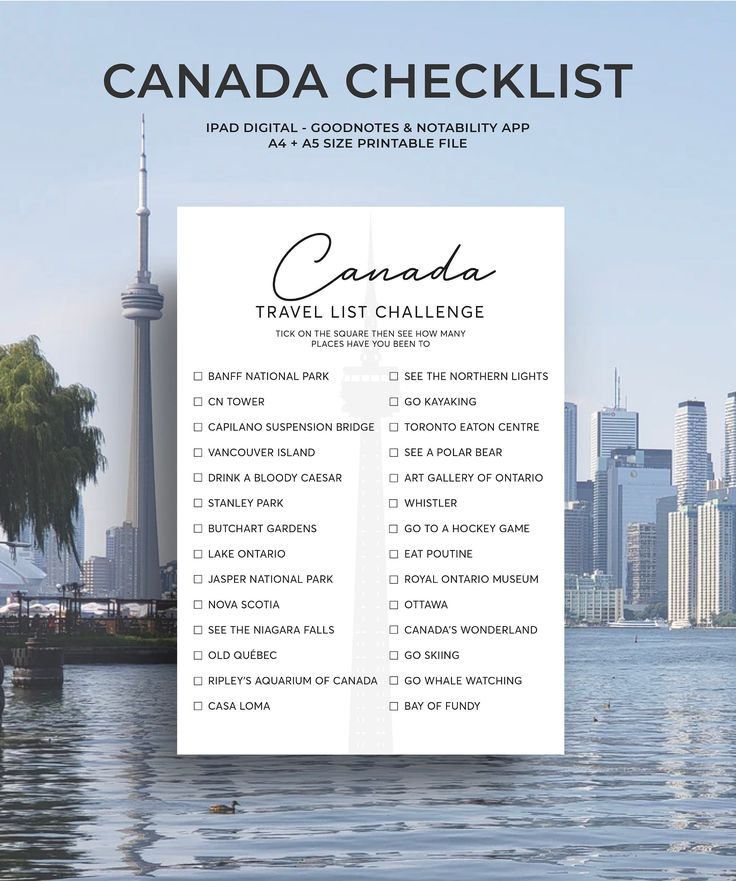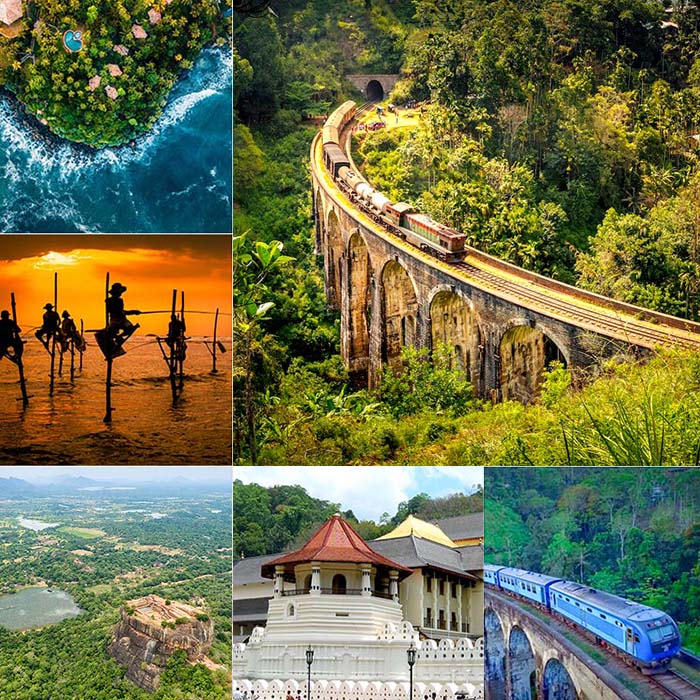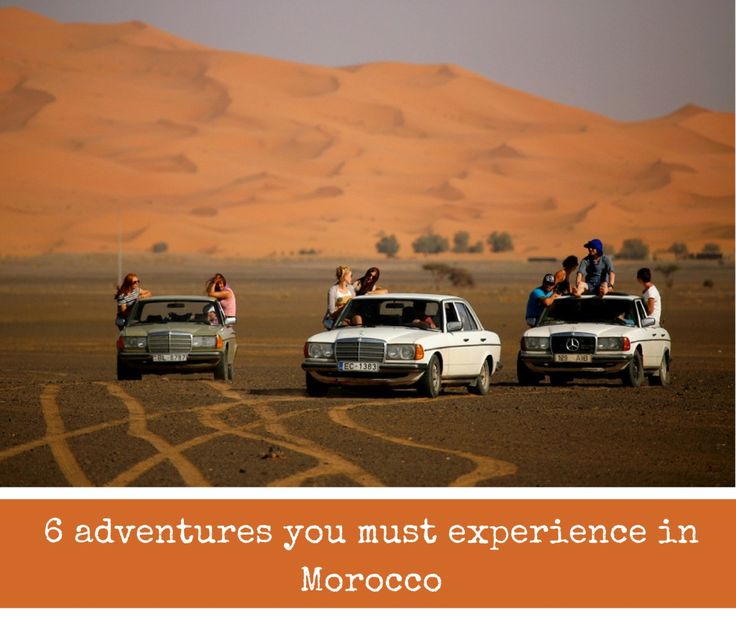
The Sahara Desert, a name that evokes images of endless golden dunes, vast horizons, and ancient mysteries, beckons adventurers from across the globe. It’s a place of unparalleled beauty and profound silence, offering experiences unlike any other. If you’ve ever dreamt of exploring this iconic landscape, then what you need to know about Sahara Desert every traveler must see is crucial for planning an unforgettable journey. From navigating its immense stretches to immersing yourself in its unique culture, this comprehensive guide will equip you with the knowledge to make your Sahara adventure truly spectacular.
Unveiling the Grandeur of the Sahara Desert: Why It’s a Must-See Destination
The Sahara isn’t just a desert; it’s a continent within itself, stretching across North Africa and touching eleven countries. Its sheer scale and diverse ecosystems make it an awe-inspiring natural wonder that truly needs to be seen to be believed. For many, it represents the ultimate escape, a place where time slows down, and the majesty of nature takes center stage.
The Sheer Scale and Diverse Landscapes of the Sahara
Contrary to popular belief, the Sahara isn’t uniformly covered in towering sand dunes (ergs). While these iconic landscapes are certainly a highlight, the desert also encompasses vast rocky plains (hammadas), gravel flats (regs), salt flats, and even mountains like the Atlas range. This incredible diversity means that every turn reveals a new vista, from the fiery reds of sunrise over the dunes to the stark, dramatic beauty of a wadi. The sheer emptiness and grandeur of the Sahara offer a unique perspective on our planet, highlighting the power and artistry of natural forces.
A Glimpse into the Sahara’s Rich History and Culture
Beyond its geological wonders, the Sahara is a cradle of ancient history and vibrant cultures. It has been home to nomadic peoples for millennia, including the Berbers and Tuareg, whose traditions are deeply intertwined with the desert environment. Ancient trade routes, rock carvings, and fossilized remains speak to a past rich with life and human endeavor. Visiting the Sahara offers a rare opportunity to connect with these enduring cultures, learn about their resilient way of life, and witness their hospitality firsthand.
Planning Your Unforgettable Sahara Desert Adventure
Embarking on a journey to the Sahara requires careful planning to ensure a safe, enjoyable, and enriching experience. Deciding on your entry point, the best time to visit, and the type of tour are all essential steps in crafting your desert escapade.
Choosing Your Gateway to the Sahara: Morocco, Egypt, Tunisia & More
Several countries offer access to the Sahara, each providing a distinct flavor and set of experiences.
- Morocco is perhaps the most popular, with easy access to stunning dune fields like Erg Chebbi and Erg Chigaga from cities like Marrakech and Fes. It’s known for its well-developed tourist infrastructure and traditional Berber hospitality.
- Egypt boasts the White and Black Deserts, offering unique geological formations and a chance to combine desert adventures with ancient pharaonic history.
- Tunisia provides access to the Saharan oases and star-wars filming locations, offering a blend of history and cinematic appeal.
- Other options include Jordan (Wadi Rum, technically a semi-arid desert but often grouped with Sahara-like experiences), Algeria, and Mauritania, though these require more specialized planning due to varying political situations and infrastructure.
Consider your desired experience, budget, and travel style when selecting your gateway.
Best Time to Visit the Sahara for Optimal Experiences
The Sahara can be incredibly hot, so timing your visit is crucial.
- Spring (March-May) and Autumn (September-November) are generally considered the best times. Temperatures are more moderate during the day, making activities like camel trekking and hiking comfortable. Nights can still be cool, so packing layers is advisable.
- Winter (December-February) offers pleasant daytime temperatures but can be very cold at night, often dropping below freezing. This is ideal for those who prefer cooler weather but be prepared for chilly evenings.
- Summer (June-August) should generally be avoided. Daytime temperatures can soar well above 45°C (113°F), making outdoor activities dangerous and uncomfortable. Many desert camps and operators reduce services during this period.
Selecting the Right Sahara Desert Tour: From Glamping to Trekking
The type of tour you choose will significantly shape your Sahara experience.
- Camel Treks: Classic and immersive, ranging from a few hours to multi-day expeditions. You’ll move at a slow pace, absorbing the vastness of the desert.
- 4×4 Expeditions: For those who prefer faster travel and covering more ground, 4×4 tours can take you deeper into the desert, often combining with camel rides.
- Luxury Desert Camps: Offering comfortable beds, en-suite bathrooms, and gourmet meals under the stars. Perfect for those seeking comfort amidst the wilderness (often referred to as "glamping").
- Budget Camps: More rustic and basic, but still providing an authentic experience with shared facilities.
- Customized Private Tours: Ideal for families or groups seeking a tailored itinerary, often including specific activities or destinations.
Always choose a reputable tour operator with experienced guides and a strong safety record. Read reviews and inquire about their practices regarding local communities and environmental impact.
Essential Preparations for Your Sahara Desert Expedition
A trip to the Sahara, while magical, is an adventure into a remote and sometimes challenging environment. Proper preparation is key to a comfortable and safe journey.
Packing Smart: What to Bring for Your Sahara Journey
Packing light but smart is the golden rule. Here’s a practical list:
- Clothing: Loose-fitting, lightweight, long-sleeved clothing made from breathable fabrics (cotton, linen) to protect from the sun and sand. Layers are essential for varying day/night temperatures. A warm jacket or fleece for evenings.
- Footwear: Comfortable, closed-toe shoes or sandals for walking in sand. Hiking boots if you plan extensive trekking.
- Headwear: A wide-brimmed hat or a traditional keffiyeh/turban for sun protection and sand exclusion.
- Sun Protection: High SPF sunscreen, sunglasses.
- Hydration: Reusable water bottle. Your tour operator will provide water, but having your own bottle helps reduce plastic waste.
- Personal First-Aid Kit: Basic medications, pain relievers, band-aids, antiseptic wipes, rehydration salts.
- Toiletries: Biodegradable options where possible, wet wipes.
- Electronics: Camera, power bank, extra batteries. Solar chargers can be very useful.
- Miscellaneous: Small backpack for day trips, headlamp/flashlight, hand sanitizer, cash for tips and souvenirs.
Health and Safety Tips for Exploring the Sahara
Safety should always be your top priority.
- Stay Hydrated: Drink plenty of water throughout the day, even if you don’t feel thirsty. Dehydration is a real risk.
- Protect from the Sun: Seek shade, wear protective clothing, and apply sunscreen regularly.
- Listen to Your Guide: Your local guide is an expert on the desert. Follow their instructions regarding routes, activities, and local customs.
- Inform Others: Let family or friends know your itinerary and when you expect to be back in communication.
- Travel Insurance: Ensure you have comprehensive travel insurance that covers emergency medical evacuation.
- Food Safety: Stick to reputable tour operators who prioritize food hygiene.
Understanding Desert Etiquette and Cultural Respect
Engaging respectfully with local cultures enhances your experience and supports sustainable tourism.
- Dress Modestly: Especially when visiting villages or interacting with locals.
- Ask Before Photographing: Always seek permission before taking photos of people.
- Learn Basic Phrases: A few words in Arabic or Berber (e.g., "Shukran" for thank you) can go a long way.
- Bargaining: It’s customary in souks (markets), but do so respectfully and with a smile.
- Tipping: Tipping guides, drivers, and camp staff is appreciated. Ask your tour operator for local norms.
- Environmental Responsibility: Practice "leave no trace" principles. Pack out what you pack in, and dispose of waste properly.
Immersive Experiences: What to See and Do in the Sahara
The Sahara offers a plethora of activities that connect you deeply with its natural beauty and cultural heritage. These experiences are truly what make the desert a must-see for every traveler.
Camel Trekking and Sunset Spectacles in the Sahara
Perhaps the most iconic Sahara experience is a camel trek. Riding atop these gentle "ships of the desert" allows you to traverse the dunes at a leisurely pace, feeling the rhythm of the desert beneath you. The highlight for many is witnessing a Sahara sunset. As the sun dips below the horizon, the sky transforms into a canvas of oranges, purples, and reds, casting long, dramatic shadows across the dunes. It’s a moment of profound beauty and tranquility that often leaves travelers speechless.
Stargazing Under the Vast Sahara Sky
Far from city lights, the Sahara offers some of the clearest, most spectacular night skies on Earth. Lying on a dune, wrapped in a blanket, and gazing up at the Milky Way is an experience that transcends the ordinary. The sheer number of stars visible is breathtaking, making it an ideal spot for astrophotography or simply quiet contemplation. Many desert camps offer opportunities for guided stargazing sessions, identifying constellations and planets.
Encountering Berber and Tuareg Cultures
A journey into the Sahara is incomplete without engaging with the indigenous Berber and Tuareg people. These nomadic communities have preserved their ancient traditions, language, and hospitality. You might share a cup of mint tea in a traditional tent, listen to their captivating stories, or enjoy traditional music around a campfire. These cultural encounters offer invaluable insights into a way of life intrinsically linked to the desert.
Thrilling Activities: Sandboarding and 4×4 Dune Bashing
For the more adventurous, the Sahara provides exhilarating activities. Sandboarding down towering dunes is a thrilling experience, akin to snowboarding but on sand. Many tours offer the chance to try it out. For an adrenaline rush, 4×4 dune bashing involves professional drivers navigating the sand dunes at exhilarating speeds, creating a roller-coaster-like ride. These activities provide a different perspective on the desert’s dynamic landscape.
Navigating the Sahara: Practical Advice for Travelers
Beyond the grand experiences, some practical tips can significantly enhance your comfort and enjoyment in the Sahara’s unique environment.
Staying Hydrated and Fuelled in the Desert Environment
The dry desert air can lead to rapid dehydration. Always carry water and sip it regularly. Electrolyte tablets can be beneficial, especially during hot periods or strenuous activities. Meals provided by tour operators are typically hearty and designed to sustain you. Don’t skip meals, and opt for fresh, cooked food. Fruits and vegetables, when available, are excellent for hydration.
Photography Tips for Capturing the Sahara’s Beauty
The Sahara is a photographer’s dream.
- Golden Hours: Shoot during sunrise and sunset for soft light, long shadows, and vibrant colors.
- Leading Lines: Use the natural curves of the dunes to create compelling compositions.
- Silhouettes: Capture the dramatic outlines of camels, people, or tents against the bright sky.
- Protect Your Gear: Sand is the enemy of electronics. Keep your camera in a sealed bag when not in use, and avoid changing lenses in windy conditions. A dust blower and micro-fiber cloth are essential.
- Night Photography: Bring a sturdy tripod and learn about long exposure settings for stunning star trails or Milky Way shots.
Responsible Tourism in the Sahara: Leave No Trace
The Sahara is a fragile ecosystem. Your actions have an impact.
- Waste Management: Carry all your trash, including organic waste, out of the desert. Do not litter.
- Water Conservation: Be mindful of your water usage, especially in camps where water resources are limited.
- Respect Wildlife: Observe desert flora and fauna from a distance. Do not disturb or feed animals.
- Support Local Communities: Choose tour operators that employ local guides and staff and source supplies locally. Buy souvenirs directly from artisans.
- Stay on Designated Paths: When exploring sensitive areas, stick to established routes to minimize environmental impact.
Common Questions Answered About Sahara Desert Travel
Many travelers have similar questions when planning their first Sahara trip. Here are some common concerns addressed.
Is the Sahara Desert Safe for Tourists?
Generally, yes. Popular tourist areas in Morocco, Egypt, and Tunisia are considered safe for visitors. Tour operators prioritize the safety of their guests. However, like any travel destination, it’s crucial to exercise common sense, choose reputable guides, and stay informed about current travel advisories for specific regions. Avoid venturing into unguided areas or politically unstable zones. Always travel with a licensed tour company.
How Long Should I Spend in the Sahara?
The ideal duration depends on your interests and budget.
- Overnight Trip (1 night, 2 days): A popular option from cities like Marrakech, offering a taste of the desert with a camel trek, sunset, stargazing, and an overnight camp stay.
- 2-3 Nights: Allows for deeper exploration, more relaxation, and additional activities like sandboarding or visiting nomadic families. This is often recommended for a more immersive experience.
- Longer Expeditions (4+ nights): For serious trekkers or those wanting to venture into more remote areas, often involving multi-day camel treks between oases.
What are the Costs Involved in a Sahara Trip?
Costs vary widely based on the country, duration, type of tour, and level of luxury.
- Budget Tours: Can start from around $100-$200 USD per person for an overnight trip, often with shared transport and basic camps.
- Mid-Range Tours: Typically $250-$500+ USD per person for 2-3 nights, offering more comfortable camps, private transport, and additional activities.
- Luxury Tours: Can range from $700-$1500+ USD per person, including high-end glamping, private guides, and bespoke experiences.
- Additional Costs: Flights to the gateway city, tips, personal expenses, and souvenirs will add to your overall budget.
Always clarify what’s included in your tour package (food, water, transport, activities) to avoid surprises.
Embark on Your Sahara Desert Journey
The Sahara Desert is more than just a vast expanse of sand; it’s a living, breathing landscape steeped in history, culture, and natural wonder. It offers an unparalleled opportunity for introspection, adventure, and connection with a world so different from our own. By understanding what you need to know about Sahara Desert every traveler must see, you can plan a trip that is not only safe and comfortable but also profoundly enriching. So, pack your bags, prepare your spirit for adventure, and get ready to witness the magnificent beauty of one of Earth’s most captivating destinations. Your unforgettable Sahara journey awaits!






